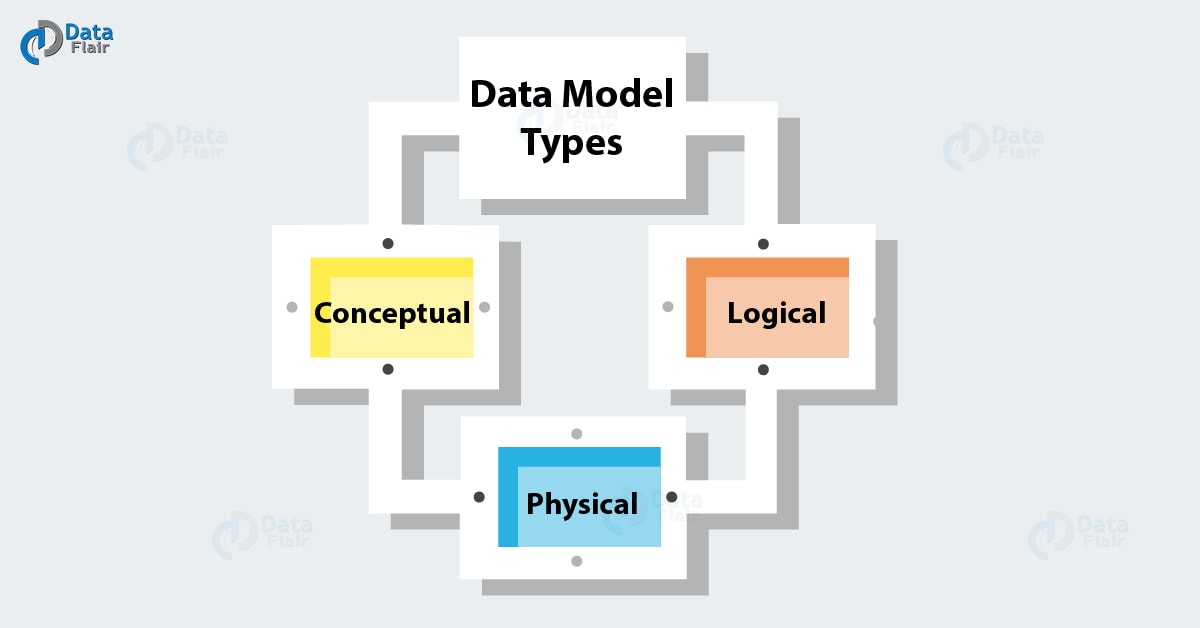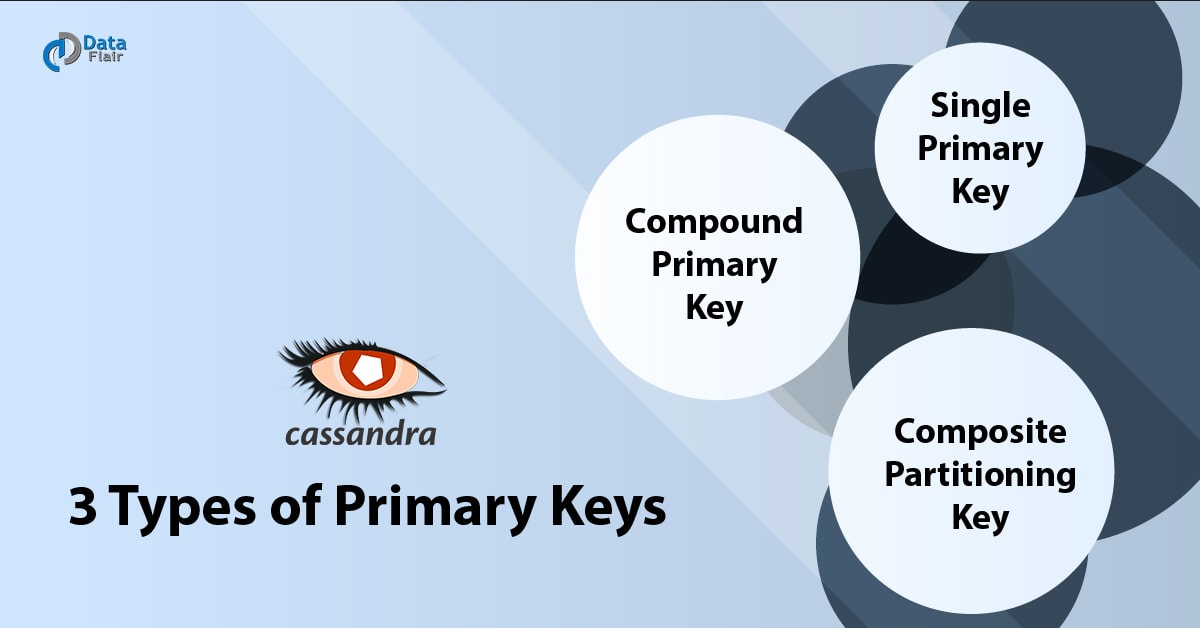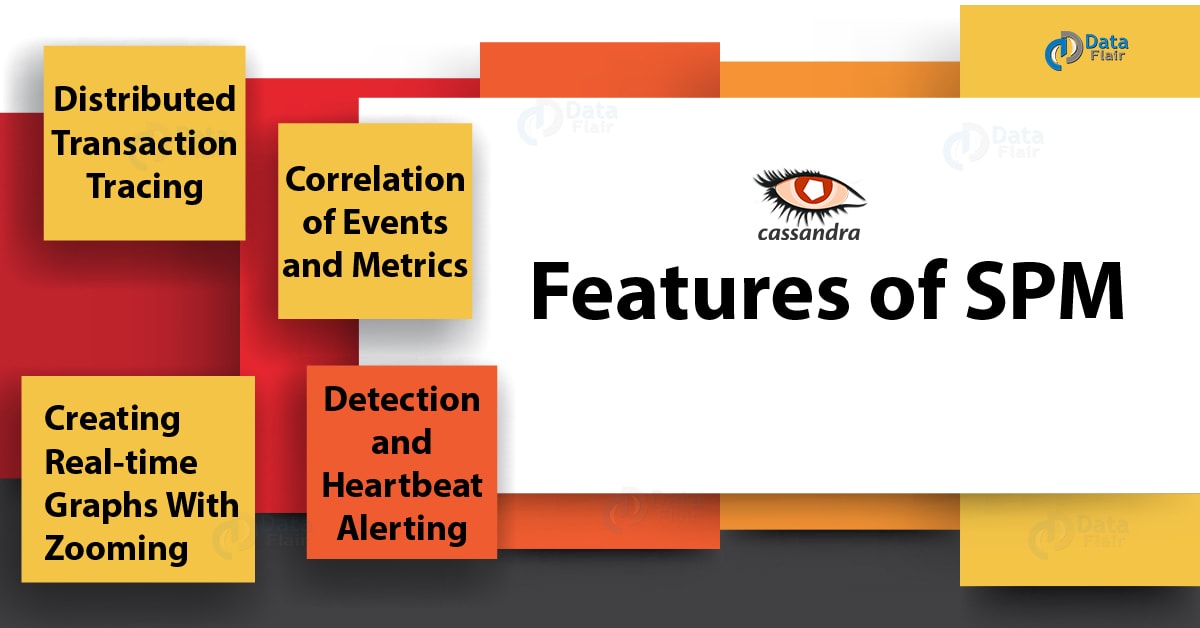Cassandra Interview Questions and Answers | Crack Interview
FREE Online Courses: Your Passport to Excellence - Start Now
1. Objective
In our last Cassandra tutorial, we saw top Cassandra Interview Questions and Answers part 1. Today, we will see part 2 of Cassandra interview questions and answers. In this article, we are providing some frequently asked questions in the Cassandra Interview. This will help you to improve your knowledge of Cassandra and boost your confidence for Cassandra Interview.
So, let’s start Cassandra Interview Questions and Answers.
2. Top Cassandra Interview Questions and Answers
Below we are discussing best Apache Casandra Interview questions and answers:
Q.1 Give a list of Collection data type in Cassandra.
Ans. There are three type of collection data type:
- Set
- List
- Map
Q.2 Tell the purpose of Bloom Filter in Cassandra.
Ans. When the user tries to execute any disk I/O for any data, bloom filter checks the existence of the data.
Q.3 Give the difference between Column and SuperColumn.
Ans. The difference between Column and SuperColumn is:
The column contains normal data, whereas, SuperColumn contain a map to the columns.
Q.4 Name different types of data model.
Ans. There are three types of Data Model in Cassandra.
- Conceptual Data Model
- Logical Data Model
- Physical Data Model
Q.5 Define Thrift.
Ans. Thrift is an API which is used to communicate with Cassandra Server when the user wants data in a table.
Q.6 How can a user get the information on the version of CQLSH.
Ans. The command “cqlsh-version” is used to get the version that is being used.
Follow the link to learn more about CQLSH
Q.7 How can a user create a Keyspace in Cassandra.
Ans. The user can use the following syntax to create the keyspace.
CREATE KEYSPACE <keyspace name>
WITH REPLICATION={'class':'<Replication Strategy>','replication factor':'<No. of replicas>'}
AND DURABLE_WRITES='<TRUE/FALSE>';Q.8 What are the parameters used to create a keyspace.
Ans. The parameters used to create a keyspace are:
- Keyspace Name
- Replication Strategy
- Replication Factors
- Durable Writes
Cassandra Interview Questions and Answers for freshers – Q. 1,2,3,4,5,7,8
Cassandra Interview Questions and Answers for Experienced – Q. 6
Q.9 Define durable writes.
Ans. It commands Cassandra whether to use commit log or not for current keyspace. The default value is True.
Q.10 Define Simple Strategy.
Ans. It is a strategy for replication. It places the replicas in a clockwise order of the nodes without considering Data Centre location.
Q.11 Describe Network Topology Strategy.
Ans. It is a type of Replication strategy in which a cluster is deployed across Multiple Datacentres.
Q.12 Define primary key.
Ans. It is a column that is used as a unique identifier for a row.
Learn 9 Cassandra Shell Commands
Q.13 Name different types of primary keys.
A. There are 3 types of Primary keys:
- Single primary key
- Compound Primary Key
- Composite Partitioning Key
Q.14 Give the difference between Drop and Truncate in CQLSH.
Ans. In Cassandra or in CQLSH, drop command is used to drop specified table including all the data from the keyspace. Whereas, truncate command truncates the table and deletes all the rows of the table permanently.
Q.15 Define Compaction.
Ans. It is an operation in which data is compressed. It frees up space which leads to improved performance.
Read Cassandra User Defined Types- Create, Alter, Drop, Describe
Q.16 Describe JMX.
Ans. JMX is an acronym of Java Management Extension. It is a Java technology that is used to supply tools for managing and monitoring Java applications and service.
Cassandra Interview Questions and Answers for freshers – Q. 9,10,11,12,13,15
Cassandra Interview Questions and Answers for Experienced – Q. 14,16
Q.17 Name different elements of JConsole.
Ans. There are 4 different elements of JConsole. They are:
- Heap Memory Usage
- Threads
- Classes
- CPU Usage
Q.18 What is the purpose of JConsole.
Ans. It is used to monitor and perform analysis on server activities.
Q.19 Define Nodetool Utility.
Ans. It is a command-line utility that is used for administration and monitoring.
Q.20 What is the role of CQLSH?
Ans. CQLSH is a platform through which user can perform different operation on a database.
Q.21 Describe DataStaxOpsCenter.
Ans. It is a management and monitoring solution for Cassandra Cluster. It is a free internet-based protocol that includes an additional Edition of OpsCenter.
Q.22 Describe SPM.
Ans. It is a tool that administers Cassandra metrics. Besides this, it also administers JVM metrics.
Let’s discuss Cassandra API – Referenced, CQL, Thrift API in Cassandra
Q.23 Give some important features of SPM.
Ans. Few features of SPM are:
- Distributed transaction tracing.
- Creating real-time graphs with zooming.
- Correlation of events and metrics.
- Detection and heartbeat alerting.
Q.24 Define Cluster
Ans. The Cassandra Cluster is a collection of many nodes or systems. Collection of cluster makes up a Database. In other words, it is the outermost container of the Cassandra Database.
Q.25 What is the difference between a node, a cluster, and data centre.
Ans. Node: Node represents system in a database.
Cassandra Cluster: Collection of many nodes represent a cluster.
Data Centre: Data Centre is a group of nodes in a cluster in a specific application or category.
Cassandra Interview Questions and Answers for freshers – Q. 17,18,19,20,22,23,24
Cassandra Interview Questions and Answers for Experienced – Q. 21,25
3. Conclusion
Hence, we saw 25 different Cassandra Interview Questions and Answers. Thus, once you go through all Cassandra Interview questions and answers, you will get an in-depth knowledge of Cassandra. Hope it helps you. Still, if any doubt, ask in the comment tab.
See also – Cassandra
Did we exceed your expectations?
If Yes, share your valuable feedback on Google






